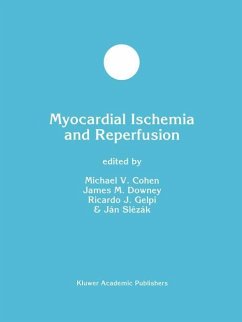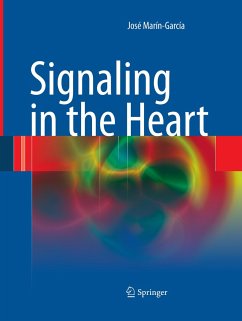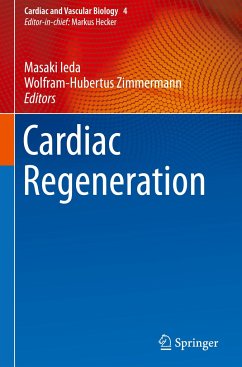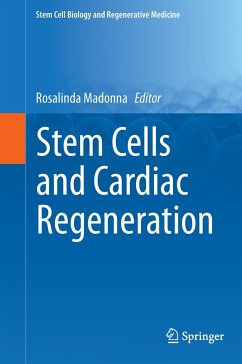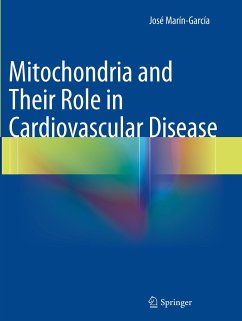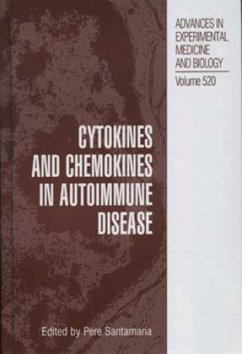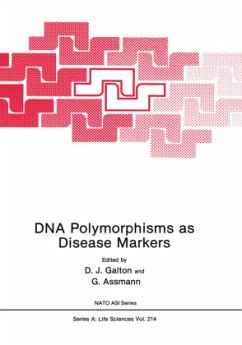
Cellular Interactions in Cardiac Pathophysiology

PAYBACK Punkte
20 °P sammeln!
Despite the considerable success in treating diseases of the heart and blood vessels, they still remain the major cause of mortality throughout the world. One of the reasons underlying this problem is our lack of understanding of the molecular and cellular aspects of the processes involved. These problems are fully discussed in Cellular Interactions in Cardiac Pathophysiology, which draws together 25 contributions from leading investigators from all parts of the world. The contributions are grouped under three headings: Extracellular matrix and cardiocyte interaction; Myocytic adaptations and...
Despite the considerable success in treating diseases of the heart and blood vessels, they still remain the major cause of mortality throughout the world. One of the reasons underlying this problem is our lack of understanding of the molecular and cellular aspects of the processes involved.
These problems are fully discussed in Cellular Interactions in Cardiac Pathophysiology, which draws together 25 contributions from leading investigators from all parts of the world. The contributions are grouped under three headings: Extracellular matrix and cardiocyte interaction; Myocytic adaptations and myocardial injury; and Signal transduction.
These problems are fully discussed in Cellular Interactions in Cardiac Pathophysiology, which draws together 25 contributions from leading investigators from all parts of the world. The contributions are grouped under three headings: Extracellular matrix and cardiocyte interaction; Myocytic adaptations and myocardial injury; and Signal transduction.





